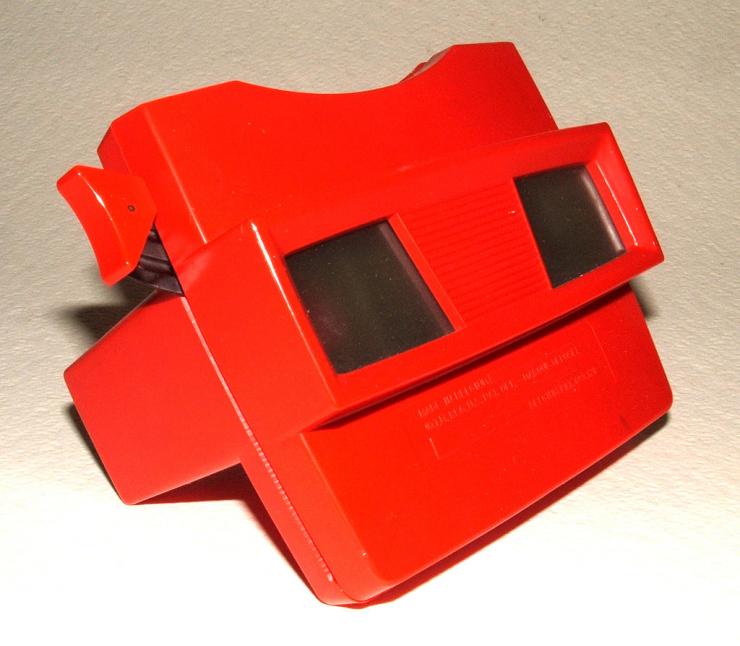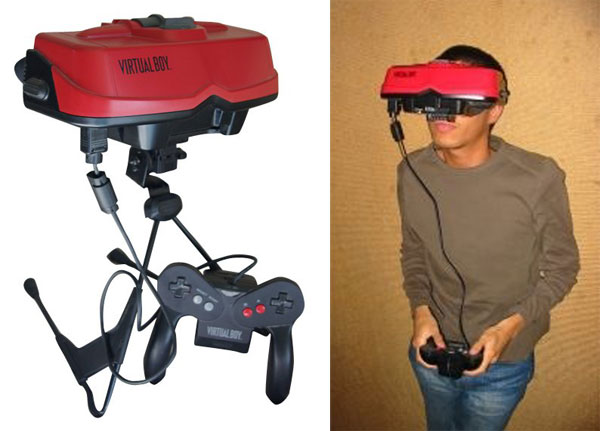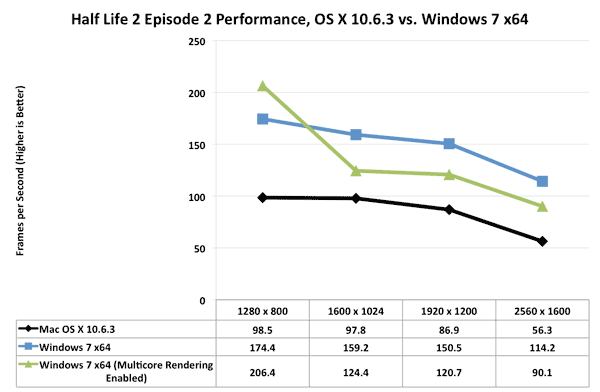The Age of VR, Week 01 – What Do We Know?
Let’s leave out the gamer-fanboy excitement. What are the features of VR as a medium revealed in Week 01 P.A. (Post Oculus)?
Oculus Didn’t Kill the Market
The first reviews of the Oculus are coming in, and they are as good as could be reasonably hoped, That is, despite limitations and problems with the headset, it works. VR is here to stay.
http://www.engadget.com/2016/03/28/oculus-rift-review/
http://www.theverge.com/2016/3/28/11284590/oculus-rift-vr-review
This means in the short run at least, we won’t have a repeat of the Virtual Boy disaster of 20 years ago.
Source: https://forum.teksyndicate.com/t/the-lounge-2016-03-march-buckling-spring-edition/97743/30217
Lots of generally positive reviews:
- http://www.usatoday.com/story/tech/columnist/baig/2016/03/28/oculus-rift-vr-big-hit-my-house/82329780/
- http://www.techradar.com/us/reviews/gaming/gaming-accessories/oculus-rift-1123963/review
- http://www.pcworld.com/article/3048483/hardware/oculus-rift-vr-headset-review-the-magical-yet-unfinished-birth-of-virtual-reality.html
- http://uploadvr.com/oculus-rift-cv1-review/
- http://www.wired.com/2016/03/oculus-rift-review-virtual-reality/
- http://techcrunch.com/2016/03/28/review-the-oculus-rift/
A few negative ones:
The pluses:
- The Rift headset is relatively comfortable
- Games and experiences are immediately available
- The Rift is light enough that female users won’t suffer excessive neck strain
- Some games for the Oculus actually work better in VR than on 2d screens
The minuses:
- The best games currently are “fishing” style – sit motionless, except for turning your head
- Sitting games lead to fatigue, not unlike hunching over a game console all night
- The scenes are still “grainy” – The Matrix it is not
- You’re tethered – the headset is not wireless
- No Macintosh – not even the highest-end iMacs or PowerMacs – can run the Oculus
For early adopters, then, the pluses will outweigh these minuses.
Only 1% of Consumer PCs Support Oculus-Level VR
Only a small number of existing consumer PCs can support high-end headsets like the Rift. This means that the broad consumer market will be restricted to low-end solutions for several years.
Will this spur a revival of consumer sales? Probably not The cost of a VR headset plus a high-performance PC matches a large flatscreen television. But current VR devices is deliver a view that is significantly “granier” than the TV. This means that one possible route for custom VR headsets – replace the current TV screen with a VR system that can simulate IMAX in your living room – is closed for the time being.
All low-end devices use a large form-factor smartphone to create VR and manage motion in the virtual environment. The headsets are cheap because they are relatively passive devices. The rise in VR may spur a jump in high-end smartphone sales, rather than mass-market adoption of the Rift. Google Cardboard and Samsung Gear VR (and possibly the upcoming Google headset) will rule.
The low-end smartphone-based VR world may benefit from the emerging WebVR spec for VR in standard web browsers. Modern web browsers on all smartphones can generate 3D and stereo images, though the scene complexity they can support is lower than a dedicated Oculus-class PC. So much of VR production in the near-term use web-based solutions with JavaScript and libraries (Three.JS and Babylon.JS) and WebGL instead of native coding. This browser-based tech might not be adequate to construct complex real-time VR game, but it won’t matter since most consumers won’t have the tech for these games. It’s also the only way Apple fans will be able to do VR for the near term.
The Slack channel for WebVR is highly active, and a good place to see this emerging VR world:
So in the near term, home VR will be less immersive than the versions currently being touted. This also means that positive – and negative – aspects of fully immersive VR won’t touch the general population in the near term.

For the typical consumer, high-end consumer VR = Venue VR. Most consumers will have their first high-end VR experience at the amusement park, gym or Halloween haunt. This in turn may spur them to buy a low-cost smartphone-based system.
No Macs…Once Again
It bears repeating that Apple really missed this one. Unless VR falls flat on its face, the release of the Oculus is a disaster for Apple.
Currently, there is no piece of Mac hardware – not even the 5K iMac, that can support the Oculus. There must be a lot of unhappy Millennial sales people at the Apple stores trying to explain away the weakness of their product.
In short, if you are a Mac person, you are going to miss out on first-wave VR.
Wonderful to see that “beardboy” again!
This will not be an easy “fix” for Apple. The design of desktop Macs just doesn’t leave room for the required cooling system that PCs have in their bulky boxes. If you put a high-performance GPU in a Mac, it would burn a hole in the side. Keeping the form factor of current Mac desktops will require that Mac users wait for several years until faster low-power GPUs can be developed.
How will Mac users handle this?
“We’ll Hate on the Oculus” is the early reaction from the committed:
http://9to5mac.com/2016/03/03/oculus-rift-mac-support/ (read the comments)
http://forums.macrumors.com/threads/apples-glass-jaw-revealed-by-steam-vr-test.1958578/ (reactions to specs)
Trouble is, Apple’s brand is one of the most powerful brands in the world. Legions of Mac users, under the influence of that powerful brand, will be unwilling to admit that their fanboy machine isn’t up to specs. They will confront VR, attack it and disconnect a big chunk of the Mac community from the VR world. And that’s not good for the Apples in the long run.
Help me!
Help is on the way…if you are a hardware hacker. You CAN put together a “hackintosh” to run Oculus with OS X for about $1000.
http://9to5mac.com/2016/03/15/building-an-affordable-hackintosh-guide-tutorial/
But this won’t be a common solution, since it requires admitting that Apple got their design (gasp!) for desktops wrong.
This is a huge problems for all the designers and developers who use Macs for their daily work. Designers favor Macs in part because (to put it bluntly) advertising tells them that the Mac is an artistic, creative computer, while fat smelly people buy PCs. Developers favor Macs for the opposite reason – being a Unix OS, OS X gives them the tools found in Linux with a better-designed interface.
Now, if you’ve had Macs for a long time you realize this isn’t the first time that Apple has had a problem like this. The GPU on Macs have been inferior for years, which explains why almost all 3d games target PCs. This in turn explains a huge split in the Design community between Mac users, restricted to static images and vide, and PC users, who learn 3D software.
Source: http://blog.gameagent.com/why-are-macs-not-considered-gaming-computers-a-different-look/
Will Macs ever run VR?
What about the future? It may be that the split between 2D and 3D rendering will continue. Apple is supposedly working on solutions, but given the design aesthetics of the company, they are more likely to be Augmented Reality instead of immersive VR. The following article on MacRumors details recent Mac purchases in the VR and AR world, plus speculation on Apple’s play in this space.
http://www.macrumors.com/roundup/apple-vr-project/
Most predictions put the AR marketing well ahead of VR for several years, so it may not matter to Apple if VR is not possible for their users. Alternately, in a decade Apple could abandon the desktop market in favor of its highly successful iOS world. Mac users may be restricted to low-end smartphone VR for many years to come.
So Week 01 of the age of VR has confirmed some expectations, thrown a blanket on rapid adoption of high-end VR, and discouraged Mac fanboys. More to come in week 02!


